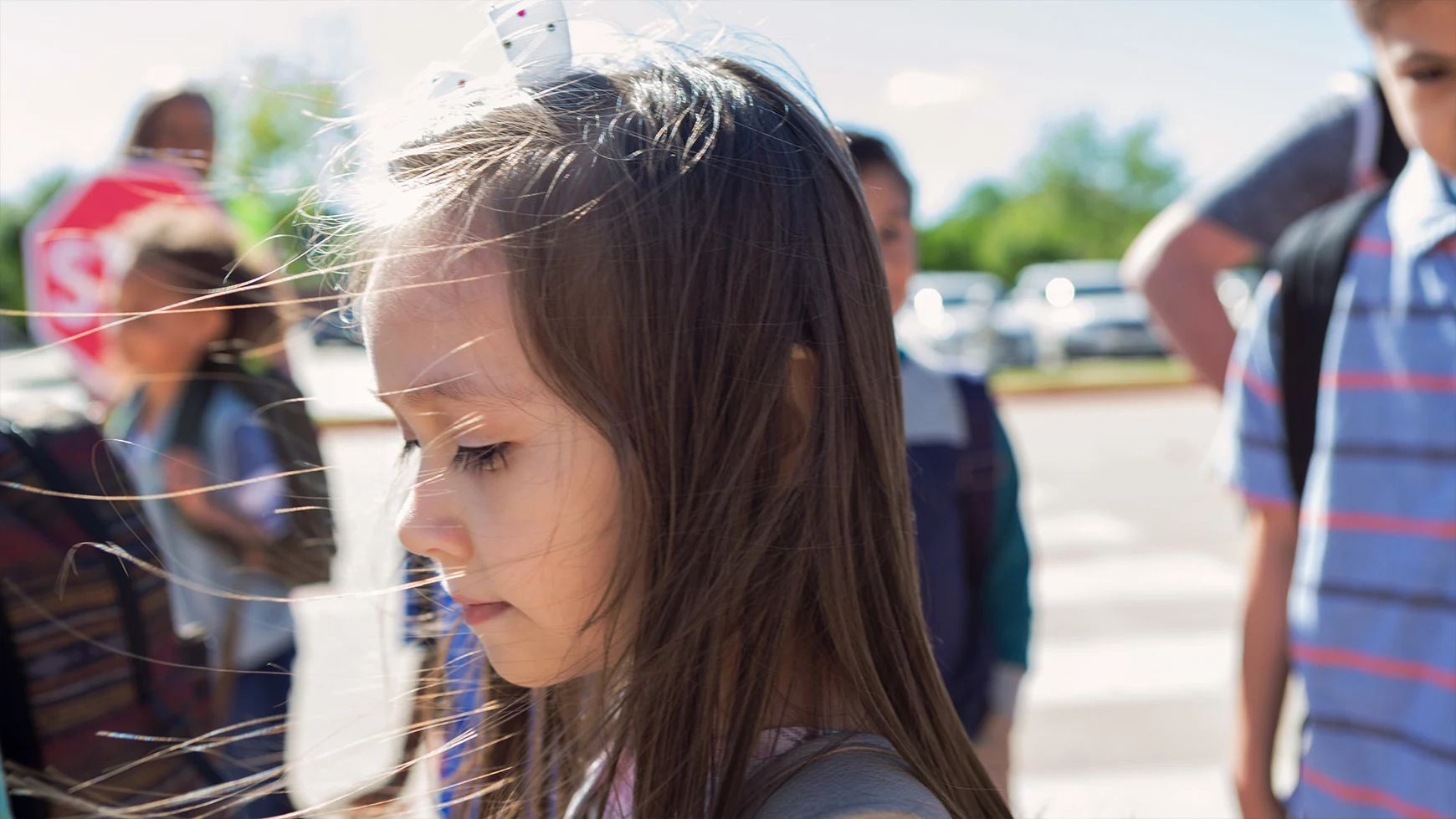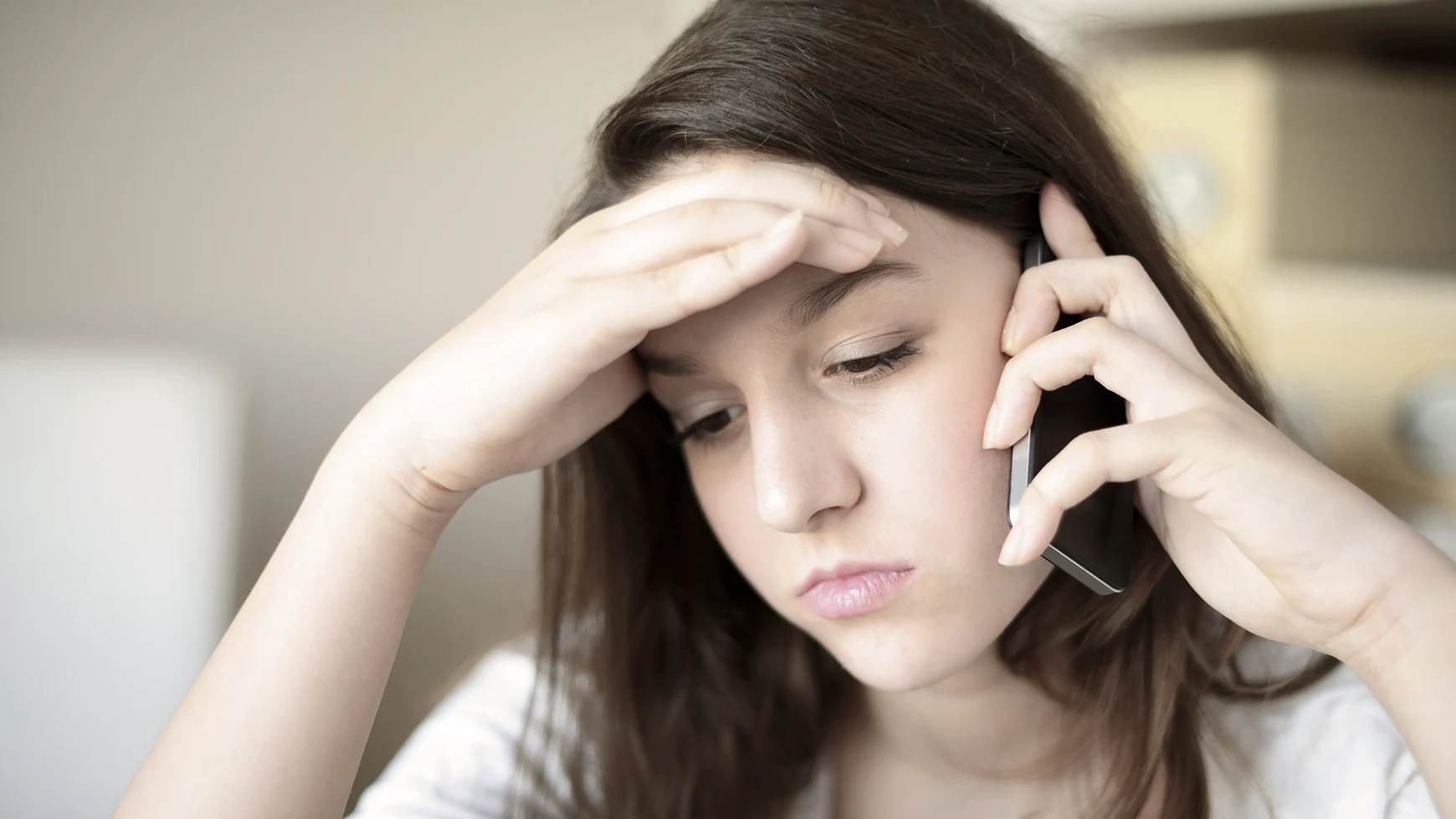Typical sadness or depression? How to tell the difference in your child
All kids feel sad from time to time. But kids who learn and think differently are more likely to have these feelings often enough and intensely enough for them to be considered signs of depression. How can you tell if your child is just feeling down or if you might be seeing signs of depression?
This chart can help you understand the difference between typical sadness and depression, and how to support your child in both situations.
| Typical sadness | Depression | |
|---|---|---|
| What is it? | Temporary feelings of sadness that are an appropriate response to what’s going on. These feelings don’t happen often and don’t interfere with activities at home, in school, and with friends. Typical sadness usually passes quickly on its own or with a little reassurance from caring adults or friends. Kids who learn and think differently may have more reasons to feel sad than other kids, like failing a spelling test after they studied all the words. | Frequent and intense feelings of sadness that are out of proportion to what’s going on. These feelings happen often and make it hard to function at home, in school, and with friends. Depression is not a passing mood. It tends to include feeling hopeless and worthless. Kids who are feeling so down that they have trouble functioning for two weeks or more may need to be treated for depression. |
| What can it look like? | Kids get sad about specific things. They may say things like “I wish I didn’t have to take these stupid tests!” Their negative feelings may make them reluctant to do something optional like go to a party. But their feelings don’t get in the way of commitments like playing on a sports team. Kids who are sad may cry or throw a temper tantrum. But they typically don’t experience significant distress or have meltdowns. | Kids seem sad or angry all the time. They may say things like “I wish I was never born!” Their negative feelings may lead them to refuse to go to school, avoid social situations, and withdraw from activities they used to enjoy. Physical symptoms may include: • Crying a lot |
| How professionals can help | There’s no need for professional help for negative feelings that are temporary, that are appropriate to the situation, and that don’t happen often. | There are many types of emotional help available for kids with depression. Cognitive behavioral therapy (CBT) can help kids look at negative thoughts and replace them with positive thinking. Professionals might also recommend antidepressant medication. Research shows the best way to treat depression in kids is a combination of CBT and medication. |
| What schools can do | How kids behave in school and how they interact with other students can say a lot about their emotional state. Teachers can help by letting you know if your child is doing worse academically, is withdrawn, sad, or tired, or has a negative attitude. If that’s what your child’s teacher reports, you may want to request a meeting with your child’s resource team. | Teachers can be sensitive to kids’ challenges and provide school supports that help reduce stress. For instance, if your child has trouble reading, the teacher could agree to not ask your child to read aloud. Other supports include breaking assignments into smaller pieces and pairing your child with kids who express interest in helping. |
| What you can do | Get familiar with signs of depression at different ages. Take notes on what you’re seeing, and share your concerns with your child’s health care provider. Take your child’s concerns seriously but express confidence in your child’s ability to manage them. Remind your child of past successes and strategies that worked in those situations. Brainstorm new strategies and practice them. | Talk openly with your child about depression in a supportive, nonjudgmental way. Ask about your child’s perspective and share your own experiences. Seek treatment for your child’s depression, and be supportive as your child develops new coping strategies. Help practice new techniques learned in therapy. Consider talking with a mental health professional yourself to help you cope with the stress that can come with having a child with depression. |
It’s important to take signs of depression seriously. Depression can make it harder for kids to function day to day. Left untreated, it can grow worse and possibly lead to destructive behavior like substance abuse and, in severe cases, suicide. If your child talks about harming themselves, seek help right away at an emergency room or call a hotline: 800-273-8255.
Fortunately, there are safe, effective treatments for depression. The most important thing you can do is stay tuned into your child so you can get help promptly if you see cause for concern.
Find out what steps to take if you think your child is depressed. If your child has ADHD, learn about the connection between ADHD and depression.
A note about depression and anxiety: Does your child seem fearful or “on edge” a lot? You may want to learn about what anxiety looks like in young kids and in tweens and teens. Anxiety and depression can look similar to families, and many kids have both at the same time.


